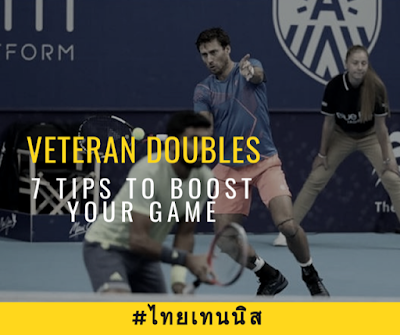UNDERSTANDING & MASTERING CONTACT: "Control of Heights"
.png)
Eighty percent of all the mistakes you will make in tennis will be either in the net, or out over the baseline (the other 20% of the mistakes will come from hitting too far right and too far left). We can address these two most common mistakes directly, because contact is responsible for both of them. If you hit the ball too short, your racquet face was too closed on contact with the ball. If you hit the ball too high and out over the baseline your racquet face was too open at the moment of contact. WHY PEOPLE GET CONFUSED W hen trying to master feel for net clearance don't ask topspin to give you feel for height accuracy, that's the job of contact, not spin! For height accuracy you need to send your awareness to your racquet face, and particularly the degree that your racquet face is open or closed. An open racquet face increases the height of the ball and a closed racket face decreases the height of the ball. This should be your sole method of achieving net
.png)
.png)


